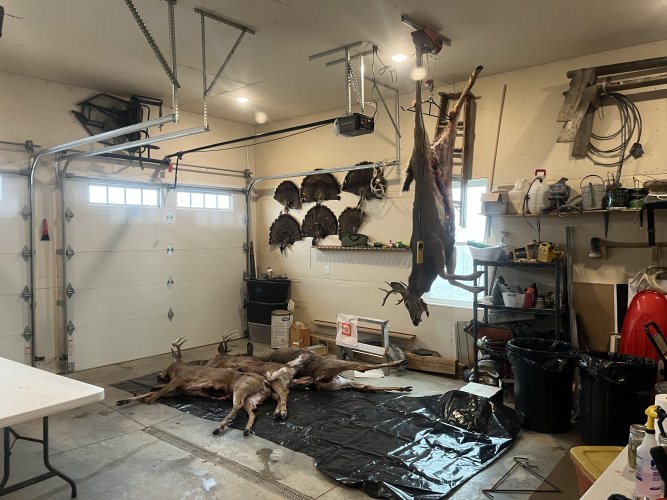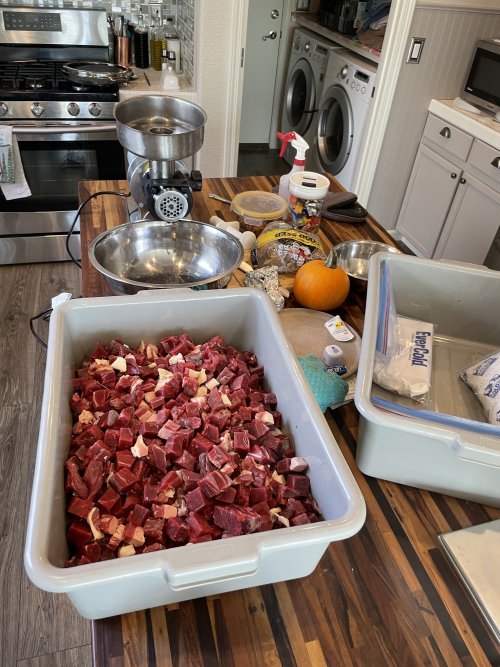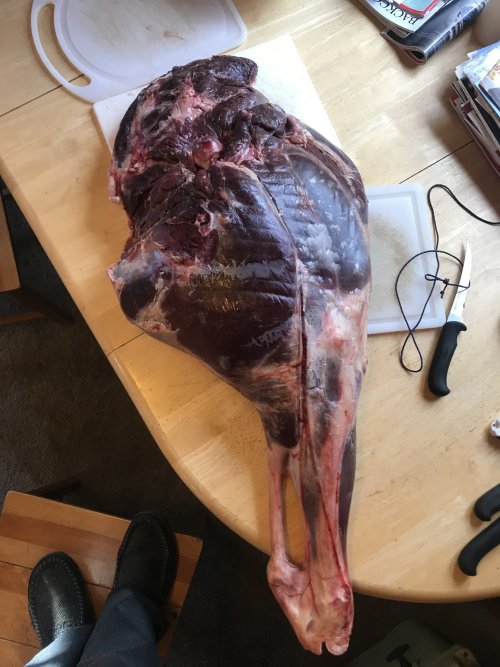D
Deleted member 52098
Guest
With all my hunts wrapped up and a bowl full of tag soup, I am transitioning to the offseason... where I am hopeful I make it out alive and stop second guessing everything I did during my failed seasons.
When I decided to start hunting, the one thing my wife was excited about was the idea that we might have meat in the freezer that only we handled from start to finish. I didn't have enough time this year before the season to learn everything I need to fully process the animal once I got it home - and was prepared to take it a game processor. But she really wants to be involved after the hunt as a way to involve herself and also our daughter in what eventually ends up on our plates.
All that said, I am reaching out to this group in hopes of getting suggestions on great websites, books, courses, whatever on fully processing game animals from start to finish.
When I decided to start hunting, the one thing my wife was excited about was the idea that we might have meat in the freezer that only we handled from start to finish. I didn't have enough time this year before the season to learn everything I need to fully process the animal once I got it home - and was prepared to take it a game processor. But she really wants to be involved after the hunt as a way to involve herself and also our daughter in what eventually ends up on our plates.
All that said, I am reaching out to this group in hopes of getting suggestions on great websites, books, courses, whatever on fully processing game animals from start to finish.









